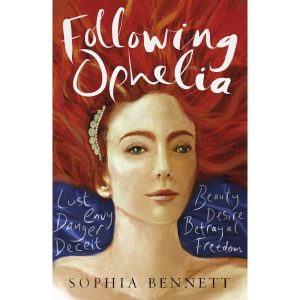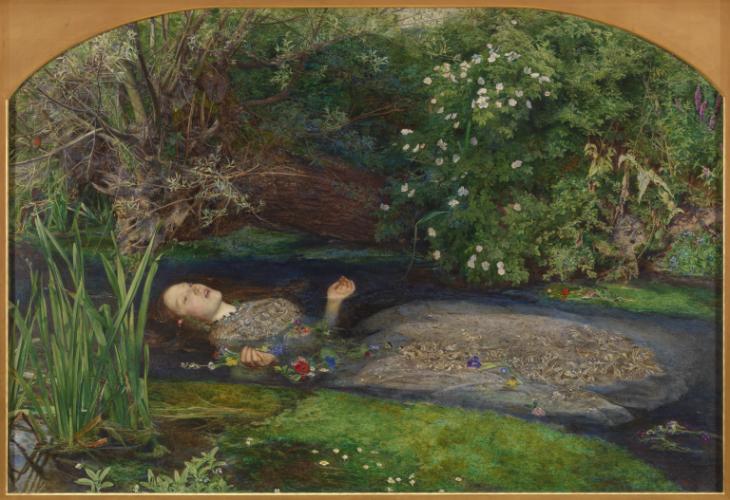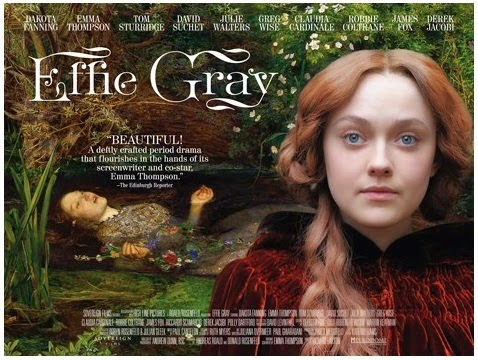
Following Ophelia by Sophia Bennett
Cover art by Paul Coomey
Published by Stripes March 2017
400 pages in paperback
e-book available
Summary from Stripes website:
When Mary Adams sees Millais’ depiction of the tragic Ophelia, a whole new world opens up for her. Determined to find out more about the beautiful girl in the painting, she hears the story of Lizzie Siddal – a girl from a modest background, not unlike her own, who has found fame and fortune against the odds. Mary sets out to become a Pre-Raphaelite muse, too, and reinvents herself as Persephone Lavelle. But as she fights her way to become the new face of London’s glittering art scene, ‘Persephone’ ends up mingling with some of the city’s more nefarious types and is forced to make some impossible choices.
Will Persephone be forced to betray those she loves, and even the person she once was, if she is to achieve her dreams?
A reader’s perspective
I loved the Pre-Raphaelites before I could spell their name. I remember standing transfixed by Millais’ Ophelia in the Tate on a school trip. Other girls chattered and wandered around me, but I just stood staring at that intense green. You really do have to see it ‘live’ to experience the intensity of it. You are on that riverbank, gazing in tragic wonder at the dying, singing beauty.
Unsurprisingly, then, a book set in that fervent world deeply appealed to me.
Look at that glorious hair on the cover! Essential to the story, by the way, and a colour I still envy. Look also at the words around Mary/Persephone’s throat. Those themes all float to the surface around our heroine.
I have to say I was surprised to find there are 400 ages in the paperback: it didn’t feel anyhwere near that long on my Kindle. The writing is brisk and there is plenty of incident, romance (in its broadest sense) and excitement to keep you hooked.
Although it’s clear Sophia Bennet knows and loves the era, Following Ophelia is far from burdened with stodgy trivia. She has a light touch with period detail, focusing only on those aspects germane to the story and leaving the rest to the reader. You won’t get bogged down in faux Victoriana.
As befits a YA novel, Mary is a protagonist that contemporary readers can identify with. Some may be surprised to learn how grounded in truth her story is. I would highly recommend Sophia’s thoughtful recommendations of where to go if you’re inspired (they’re in the back pages).
Although there is a clearly signalled sequel, this book works as a complete tale. The major story strand comes to a satisfyingly moving end before it closes. (You might want tissues if you’re as soppy as I am.)
***
Note to adults choosing for younger teens: although Following Ophelia has oodles of sensuality and refers to unmarried pregnancy in Victorian London, it is by no means lurid or gratuitous. A fine basis for discussing moral attitiudes of the time, I’d say.

Ophelia 1851-2 Sir John Everett Millais, Bt 1829-1896 Presented by Sir Henry Tate 1894 http://www.tate.org.uk/art/work/N01506
A Writers View
Here are some edited points I made in my Reading Journal. This is a scruffy bulging notebook in which I jot reflections on what I’ve read when I get round to it. Odd comments on some books are NFR (Not For Review) because of spoilers and occasional bitchiness!
- Starts with a poem – which embodies the feel of the story. I love poetry and would love to do this.
- Third person ‘moveable’ – often close to Mary/Persephone, occasionally a bird’s eye view or close to another significant character. Well-handled – a pleasant change from first person present in YA, which can feel claustrophobic.
- Cinematographic – visually rich, which rather suits the painters’ world.
- Sensual and inm some ways romantic – but not as cluttered as a real Victorian novel! Honest about servants’ lives though.
- Structure absolutely clear and ‘by the book’. My non-writer husband asked if that didn’t make a story predictable. My response was that the basic plan of a house is pretty much the same because it works – but there’s scope for infinite variety. I’d also add that when a reader* is absorbed by event, setting and pace, there isn’t space to be looking out for Plot Points or whatever. (* Doesn’t entirely apply to nosy writers though.)
- Reminded me of the films Effie Gray (same milieu) and My Fair Lady. The latter for the enjoyment of the fashion and settings, and the young woman’s transformation. However, it’s far more modern and feminist that Mary does it for herself, and probably more accurate. I refer to Emma, Lady Hamilton for an example from an earlier period.
- Particularly like the matching reversals – how one hostile character becomes a friend and a presumed ally turns into a fierce opponent. Neat.

I look forward to commenting on Mary’s further adventures in Unveiling Venus – review now here .

Pingback: Unveiling Venus: #WritersReviews | K.M.Lockwood
Pingback: #WritersReview: Enchantée | K.M.Lockwood